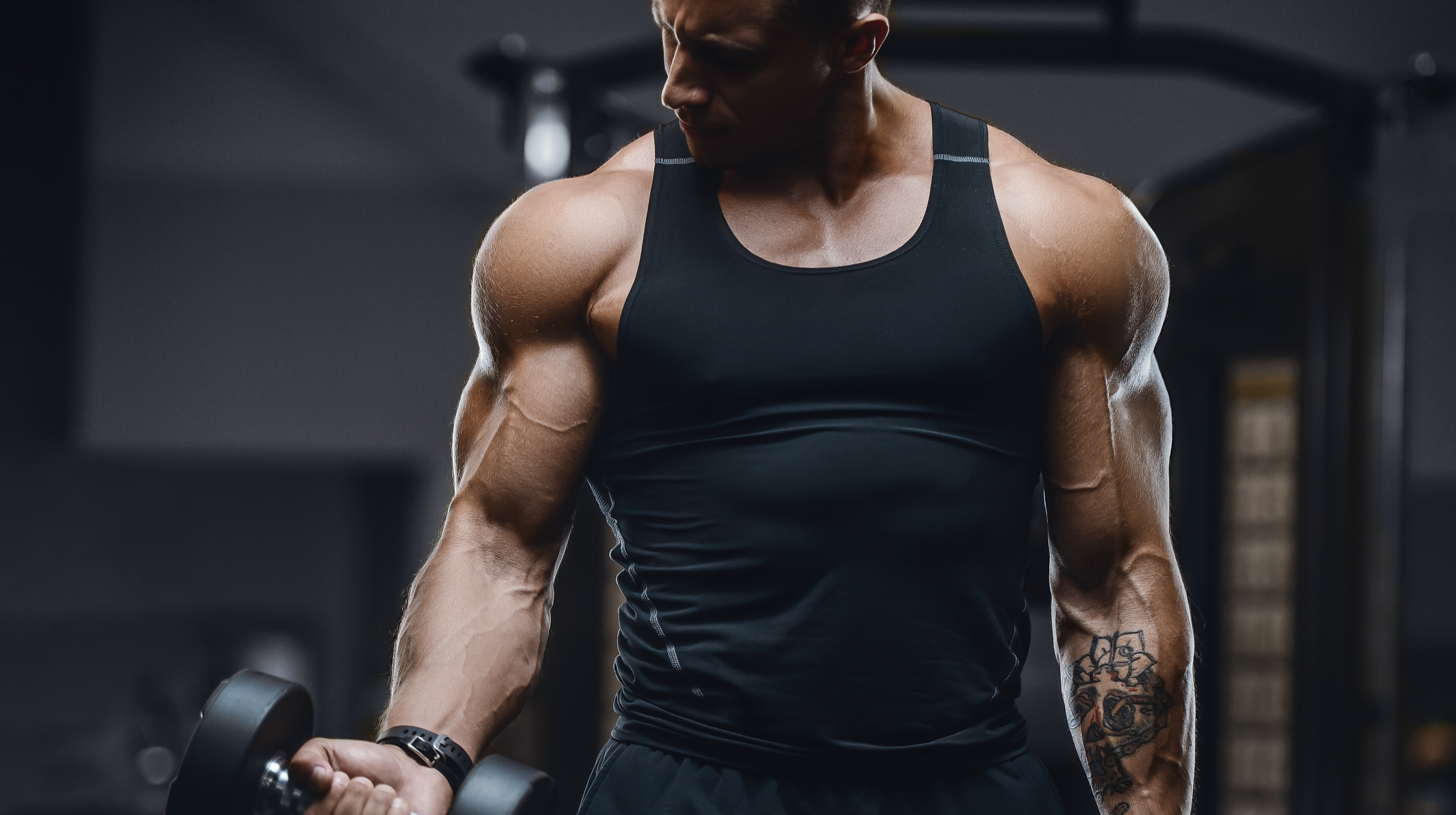Why Won’t My Arms Grow?
Nov 21, 2019 mindpumpAwesome arms. Everyone wants them. Training arms seems simple and straightforward enough. Do curls and curl variations for biceps and do extensions and extension variations for triceps and your arms will grow, right? Not so fast, many people struggle to build size in their arms even when they train hard and consistently. There is almost nothing as frustrating as doing everything you are supposed to do with little to nothing to show for it. Although arm training seems super straightforward, there are a few details that people get wrong which leads to subpar results. There are also advanced techniques that are proven to quickly add size to the upper arm. In this article, I am going to cover the likely reasons why your arms aren’t growing and what you can do about it.
You aren’t training with a full range of motion
Although lifting heavy weights is an important factor when it comes to developing your body, obsessing over how much weight you lift can very quickly prevent you from building muscle. I’ve seen this issue time and time again. Guys (and sometimes girls) doing curls or tricep extensions with lots of weight with the hopes of building muscle while sacrificing form. Studies have shown that training a muscle in a full range of motion is superior to training in a shorter range of motion, even if the weight is heavier in the shorter range of motion. Are you FULLY extending your arms and fully squeezing your biceps when you curl? Are you letting your arms bend completely and are you fully locking them out and squeezing your triceps with your tricep exercises? Be totally honest. If you are missing even an inch of range of motion you are missing out on muscle gains. You won’t be able to lift nearly as much but so what, you are trying to build your biceps and triceps, not win a half curl competition. Do every rep in a full range of motion from now on and watch how you feel.
You aren’t training your arms frequently enough
Studies are mixed on how frequently you should train a muscle. In my professional experience training hundreds of people, arms respond best to 2-4 days a week of training and a total of 9-18 sets of total weekly volume. An example would be to hit your triceps and biceps with about 3-9 sets each, three days a week. This works much better than doing all your sets in one weekly bicep or tricep workout. Splitting up the sets allows you to train in a fresher state for each workout and it sends a more frequent muscle building signal than the old “hit a body part once a week” routine.
You aren’t working all the angles
Muscles respond very well when they are trained in a variety of angles. This is easy to understand with a muscle like the chest where you can press on an incline, flat or decline bench but it gets a little confusing with the biceps and triceps. What are the angles that need to be considered with the biceps and triceps? Hand position is somewhat important for the biceps – a ‘palms up’ grip works the biceps differently than a ‘palms facing in’ grip, although this effect is small. Hand position for triceps means even less. The most important thing to consider as far as angles is concerned with your arm training is your elbow placement. Do bicep exercises where your elbows are next to your body, in front of your body and behind your body. Good examples of each are barbell curls (elbows next to body), preacher curls (elbows in front of body), and incline curls (elbows behind body). For triceps, focus on exercises where your elbows are next to your body, elbows overhead and elbows in front of your body. Good examples for triceps are pressdowns (next to body), overhead tricep extensions (overhead) and skull crushers (elbows in front of body).
Advanced techniques
Advanced techniques can definitely get the arms to respond, but they should be used sparingly. Use these techniques too often and you will likely over train which will stop your progress cold. One of these techniques is called strip sets. Start your exercise as you normally would and do as many reps as you can (no more than 12). Once you have completed your final rep, put the weight down, grab a lighter weight and try doing your exercise again. Once you are unable to complete another rep, drop the weight and repeat with an even lighter weight. Strip sets are brutal, but the pumps they can induce are typically the best pumps you will experience.







